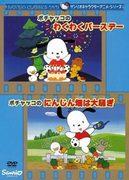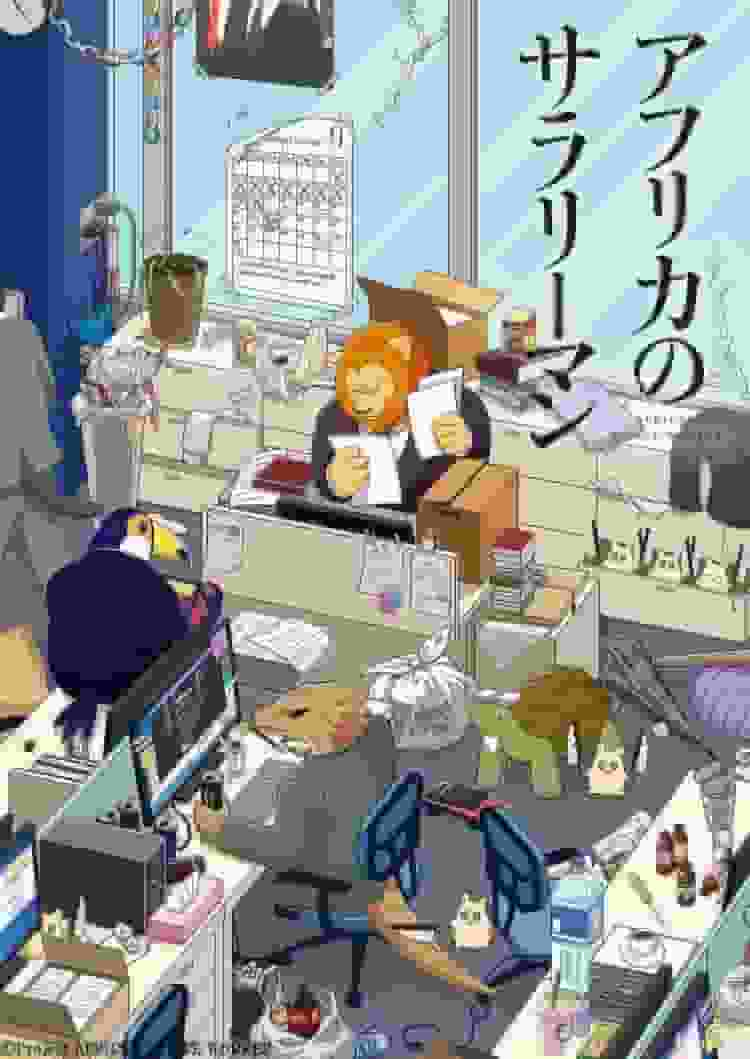Review and evaluation of "The Rat and the Lion": A story of unexpected friendship

"The Mouse and the Lion": A film that marked the dawn of Japanese animation■Overview of the work"The Mouse and the Lion" (Nezumi to Shishi) is a Japanese animated film released in 1934. It was released in theaters and is based on an original anime story. The film was produced by Yokohama Cinema Shokai and directed by Kataoka Yoshitaro. Although it is a short film consisting of only one episode and lasting eight minutes, it had a major impact on the Japanese animation film industry at the time. ■Production BackgroundAt the time, Yokohama Cinema Shokai continued to have an exclusive production system under Yasuji Murata, but the participation of Yoshitaro Kataoka ushered in a new era. "The Mouse and the Lion" was Yoshitaro Kataoka's first work, and is known as the work that saw the full bloom of his talent. This work occupies an important position in the history of Japanese animation films, and details are provided on pages 211-212. ■ StoryThe story of "The Mouse and the Lion" is based on an ancient fable. One day, a small mouse is caught by a large lion in the forest. However, the mouse uses his wits to show the lion how to escape from the lion's net, and the lion thanks the mouse. Later, when the lion is in danger again, this time the mouse comes to his rescue, and the friendship between the two deepens. This simple yet moving story has been loved by a wide range of people, from children to adults. ■ Animation technologyConsidering the historical background of 1934, the animation technology of "The Mouse and the Lion" was extremely advanced. Yoshitaro Kataoka utilized the latest technology of the time to pursue smooth movements and rich expressions of the characters. In particular, the depiction of the lion's majestic movements and the mouse's small movements left a strong impression on the audience. The depiction of the backgrounds was also realistic, recreating the atmosphere of the forest in a realistic way. These technological advances had a major impact on the development of later Japanese animation films. ■ CharactersThe characters in "The Rat and the Lion" are simple yet unique. The lion is portrayed as a dignified character, but is also portrayed as a character full of humanity because the rat helps him. On the other hand, the rat is portrayed as a small and weak character, but also as a character with wisdom and courage. The contrast between these two characters makes the story more profound. Also, the portrayal of the friendship between the two animals touched the audience. ■Music and SoundThe music and sound of "The Mouse and the Lion" are also important elements that enhance the appeal of the work. Although there were limitations with the technology at the time, the sound effects and background music are used skillfully to match the development of the story. In particular, the sound effects that matched the movements of the characters, such as the lion's roar and the mouse's small footsteps, played a role in drawing the audience into the world of the story. The background music is also simple yet emotional, doubling the impact of the story. ■ Evaluation and impact"The Mouse and the Lion" was highly praised when it was released in 1934. It was especially praised for being a film that could be enjoyed by adults as well as children. As a work that symbolizes the dawn of Japanese animation, it had a major influence on later generations of animation creators. It is also known as the work that saw the blossoming of Kataoka Yoshitaro's talent, and its influence can be seen in his later works. ■ Recommendation points"The Mouse and the Lion" is recommended for those who want to experience the good old days of Japanese animation films. The film has many appealing features, including a simple yet moving story, advanced animation techniques, unique characters, and skillful music and sound. Through this film, you can also feel the history and development of Japanese animation films. This is a must-see film, especially for fans of animation films and those interested in history. ■ Related worksKataoka Yoshitaro, the director of "The Rat and the Lion," went on to create many other masterpieces. In particular, his masterpiece, "Momotaro's Sea Eagle" (1943), is known as a symbol of Japanese animation films during the war. The works of Murata Yasuji are also important in understanding the history of Yokohama Cinema Shokai. In particular, his "Sumo Wrestler's Tale" (1933) is a work that allows us to feel the technology and artistry of Japanese animation films of the time. Viewing these works together with "The Rat and the Lion" will allow us to gain a deeper understanding of the history and development of Japanese animation films. ■ Summary"The Mouse and the Lion" is a Japanese animated film released in 1934 and is known as Yoshitaro Kataoka's first work. The film has many appealing features, including a simple yet moving story, advanced animation techniques, unique characters, and skillful music and sound. As a work that symbolizes the dawn of Japanese animation, this film had a great influence on later generations of animators. It is a must-see for those who want to experience Japanese animation films from the good old days, and for fans and history of animation films. Also, by watching other works by Yoshitaro Kataoka and Yasuji Murata, you can gain a deeper understanding of the history and development of Japanese animation films. |
>>: A thorough look at the appeal and reviews of the 1936 picture book
Recommend
The new TV animation season of the famous work "The Seven Deadly Sins" "Rise of the Gods" is scheduled to be broadcast this fall
The new season of the TV animation "The Seve...
Evaluation and impressions of "Passion from the Fingertips -My Childhood Friend is a Firefighter-" Complete Edition
Appeal and evaluation of "Passion from the F...
Willem Dafoe to star in western 'A Fistful of Dollars'
Christoph Waltz and Willem Dafoe will star in the...
"The Case Files of Young Kindaichi" new series character stills reveal new mysteries
The new series of the classic suspense detective ...
TWO-MIX "Gundam W" Divine Song Remake Promotional Video Reveals Conan's Voice Actor's Power!
I believe that many old players still remember th...
Aaron Kwok, Duan Yihong, Zhang Zifeng star in the suspense film "Secret Visitor" scheduled for June
Today (January 2), the suspense drama film "...
"Transformers 7" will feature Beast Optimus Prime in G1 style
Transformers 7 is currently being filmed in Canad...
The trial of the Kyoto Animation arson case has entered its final stage and the perpetrator may be sentenced to death on December 7
After a long court trial of 143 days, the court a...
"Resident Evil: Welcome to Raccoon City" latest Chinese version trailer
Sony Pictures released the latest Chinese version...
The box office of the movie "Assassination of Novelist" has exceeded 400 million! The official congratulatory picture is released
Today (February 16), the official Weibo of "...
The actor who played "Tang Maru" in the TV series "Baozou Da Shijian" posted that he will no longer be Tang Maru
There used to be a character called "Tang Ma...
Spider-Man: Far From Home Art Poster Iron Spider Guards New York
Recently, the official new art poster of Spider-M...
Oni to Tanuki: A fusion of fascinating characters and deep story
"Oni to Tanuki": An animation filled wi...
The new TV animation of the classic masterpiece "Fruits Basket" announced to be produced in 2022
The final chapter of the animation "Fruits B...
The appeal and evaluation of "Go! Inachu Table Tennis Club": A masterpiece of youth sports anime
"Go! Inachu Table Tennis Club": A maste...









